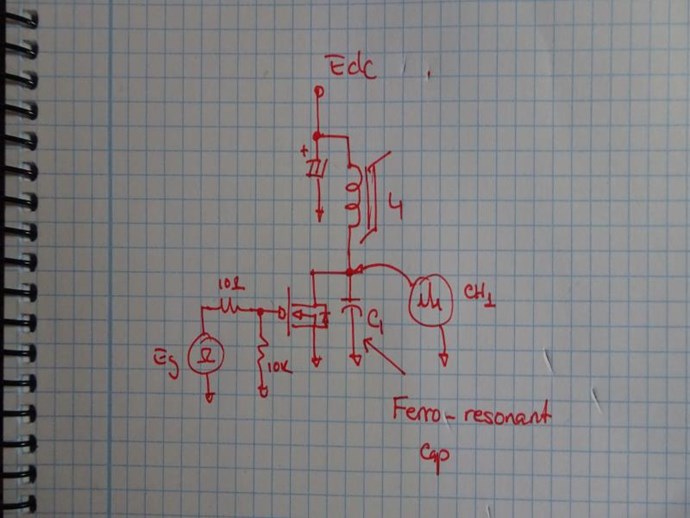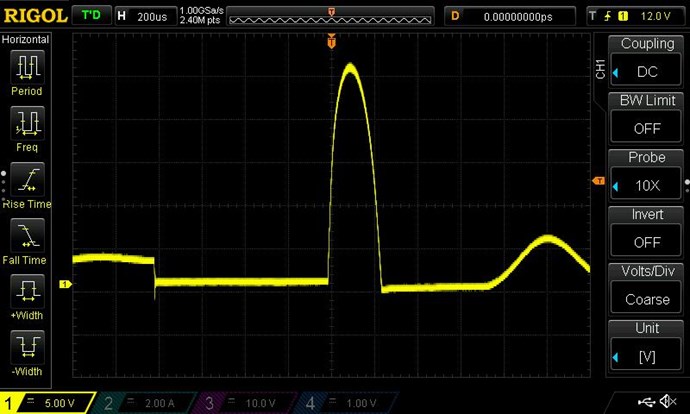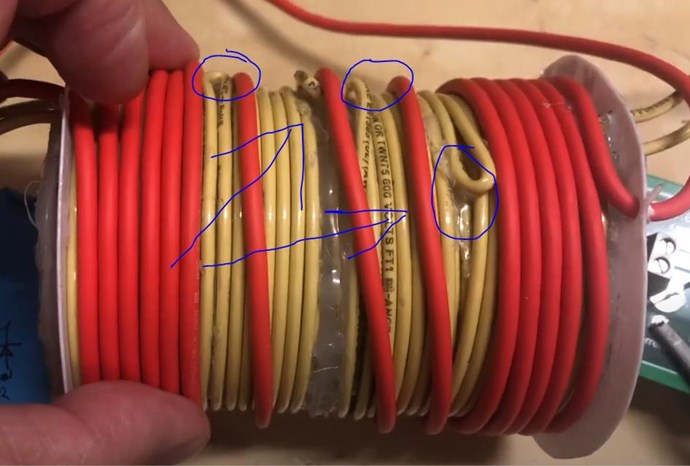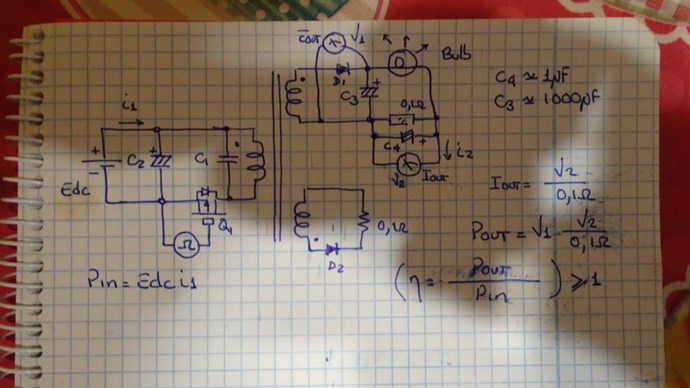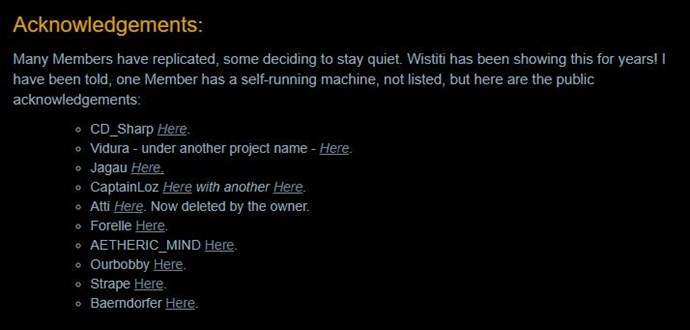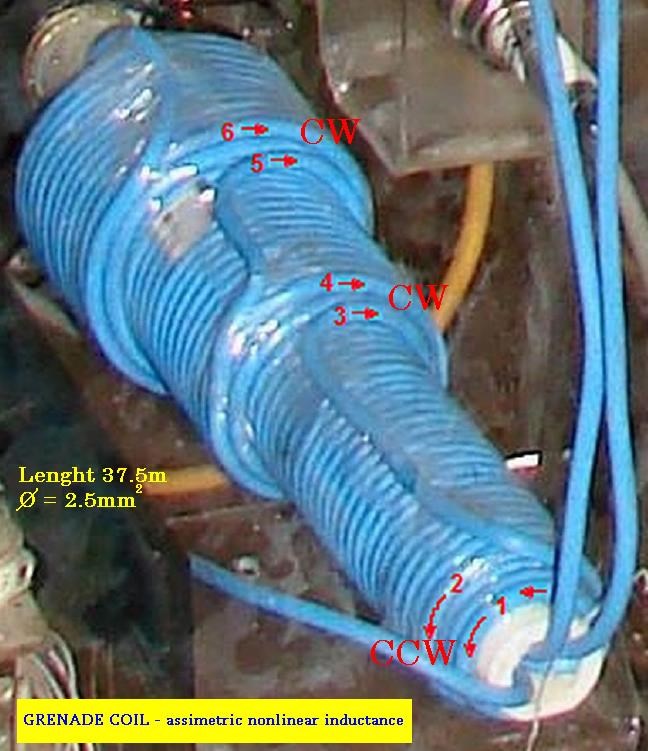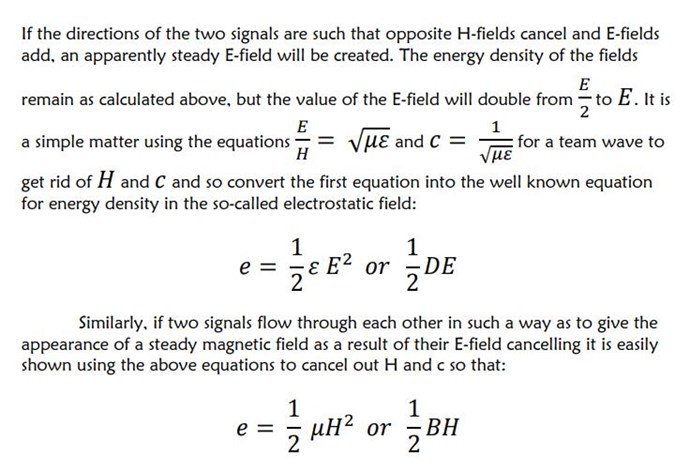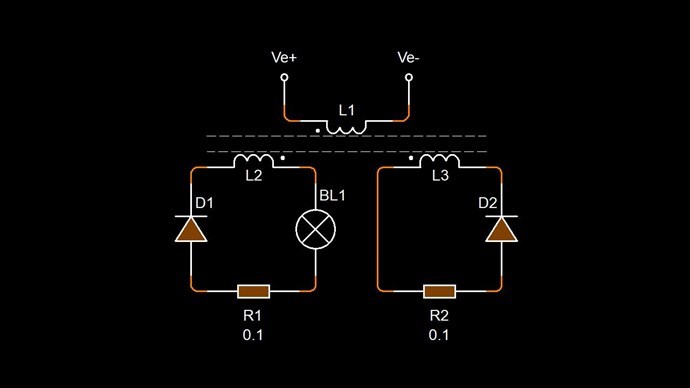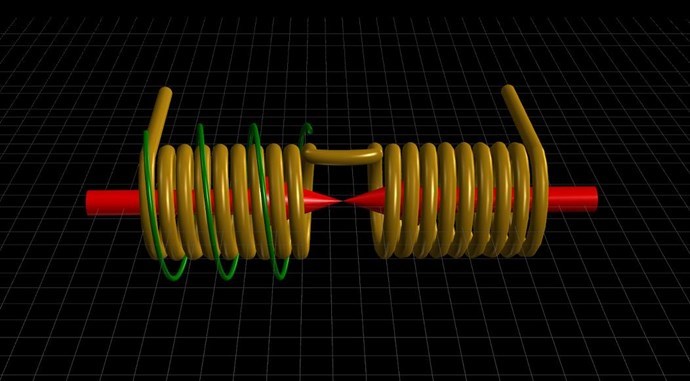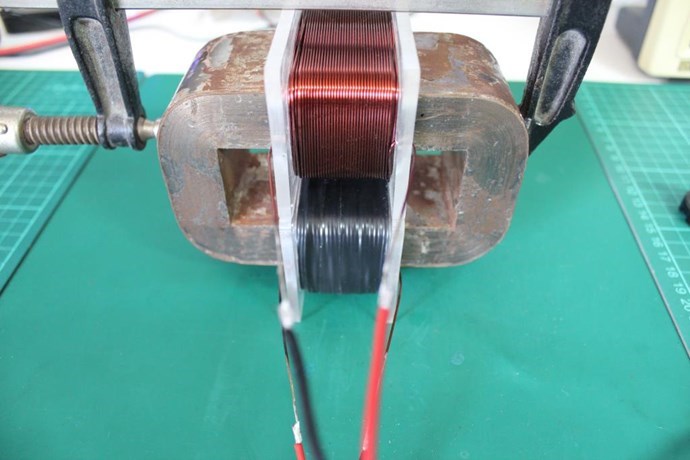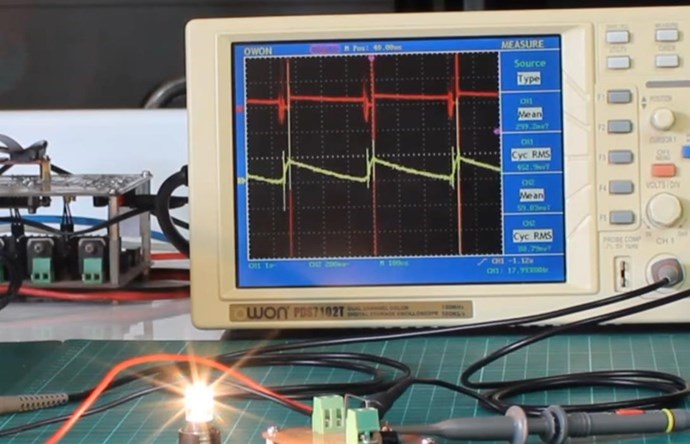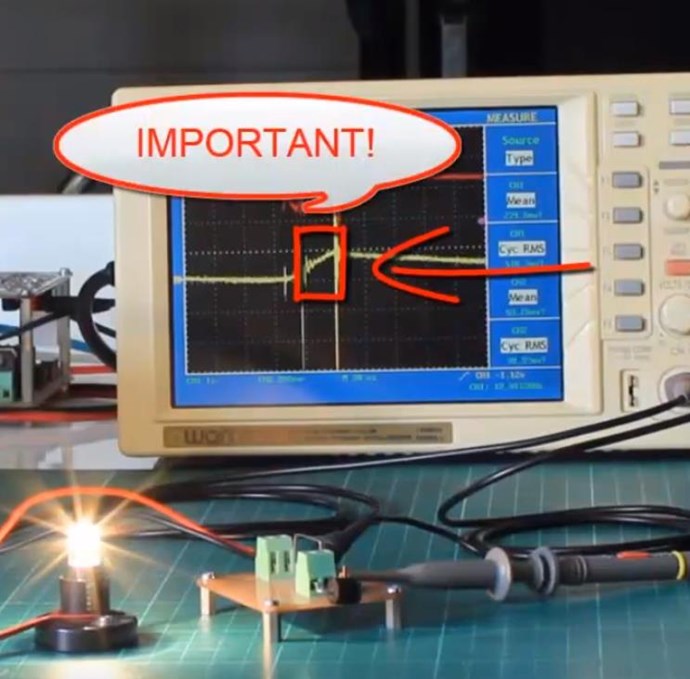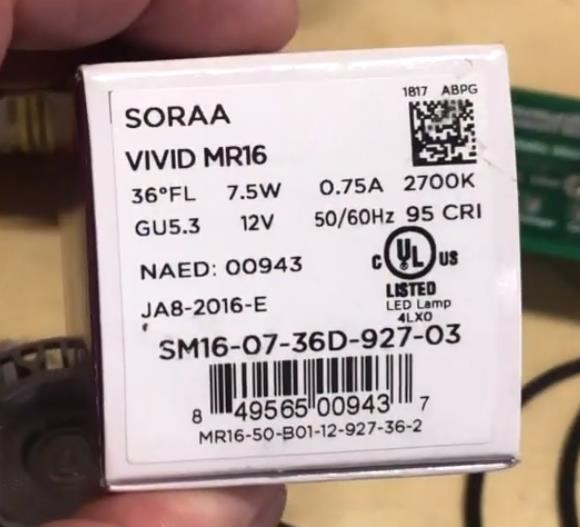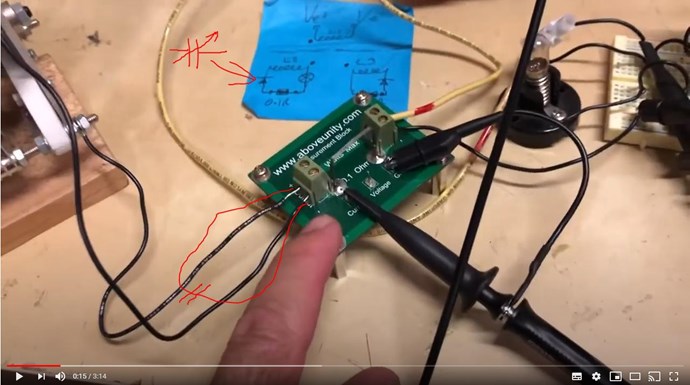Chris
posted this
19 September 2020
- Last edited 19 September 2020
My Friends,
I want to thank Loz for all his excellent efforts! It is great to see such wonderful progress! I am so pleased we have good, very low inductance, very low capacitance, low tolerance, Current Viewing Resistors back in place! Thank You! Remember, we work for the Future, for our Children and their Children! The Unborn! For Humanity!
I ask everyone to put their support behind Loz! This video is very good! Even though we admit there are still problems here, we still have a very large margin of error.
- Yellow Trace: Current ( 10A / Div ) 7A x 0.707 = 4.949A Not sine, but an approximation.
- Teal Trace: Voltage ( 20V / Div ) 70V x 0.707 = 49.49V Not sine, but an approximation.
- Input: 17.106 + 2.405 = 19.511 Watts
- Output: 37.1 Watts
- COP: 37.1 / 19.511 = 1.9015
NOTE: The similarity to measurements in Video 5. In the first post.
The Scope Bandwidth is 100MHz so less than 1MHZ is well within the Bandwidth! A Brand New Scope freshly Calibrated.
The Input to the Switching Unit really should not be included in the Input as this could be made very much more efficient! So please understand, the 2.405 Watts is currently included on the Input and should not be!
Lets work out the margin of error:
- Conventional Transformer efficiency: 85%
- Current efficiency: 190%
So, 190 - 85 = 105% margin. Now if we lost 50% to Stray Capacitance and Stray Inductive losses, and various other losses, we are still 55% over the average Transformer Efficiency! That is: 19.511 Watts x 0.55 = 10.73105 Watts over and above the Input, this means we have: 19.511 Watts + 10.73105 Watts = 30.24205 Watts, with a 50% Error. These numbers should be enough for any Logical mind to warrant more investigation.
Everyone that wants to replicate this and contribute to the effort here, some other things that can be done to make the margin smaller:
- Shorten all cables, keep all cables as short as possible.
- Remove all unnecessary Circuit Impedances: The Input, the 1 Ohm Resistor and other things.
- Test with and without the Air Capacitor for Measurement differences.
- At this frequency, look at better possible Current Viewing Resistors: Metal Film or something.
- Test Temperature of Current Viewing Resistors to make sure they are within the range of accuracy.
- Look at the application of Ultra Fast Diodes.
- Look at trying to smooth the Scope Traces some, perhaps Rectify for DC Output and measure.
Please understand, this is early days, many improvements can be made! Tuning and fine tuning is still a path to make improvements on the COP.
Remember: As I said above, Loz is measuring only One Output Coil ( L3 ), the very same quantity of Power is also Flowing in the other Output Coil ( L2 ) which is still unmeasured and therefore unaccounted for.
Others will try to dismiss this effort, but I am telling you, Loz is 100% on the right path, please don't forget history and what we have seen throughout history: Floyd Sweet, Don Smith, The MEG Team, Akula, Ruslan, Tinman and many others! I promise you, this is the path forward! Even if we find some sort of measurement error here, this is still the path forward! Please go and verify this on Tinman's RTV3 Thread.
I would love to see others joining in and sharing if they can? I know many have another circuit they are working on right now, so maybe in a week or so?
NOTE: At this stage, practicing and improving Scope Best Practices, Measurements and testing equipment is something I recommend, this will help in the Path Forward! I do not recommend looking at Measurements when one is starting, simply because it is discouraging and side tracks Experiment.
Loz, Thank You for sharing! We all very much appreciate all your excellent effort here!
Best wishes, stay safe and well My Friend
Chris






